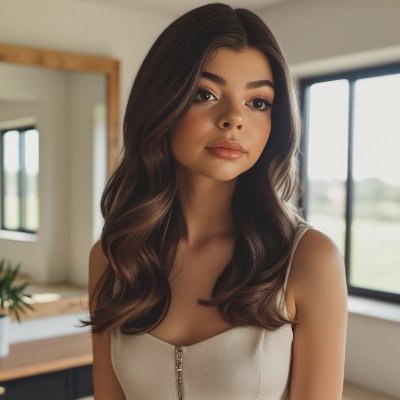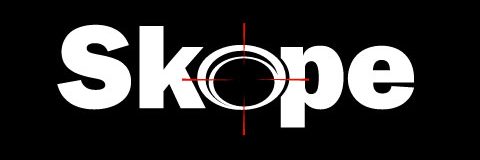
Imagine a pop star whose every element—from the chord progressions and melody to the lyrics, vocals, and even her visage—is generated entirely by AI. Meet Anna Indiana, who burst onto the scene as the world’s first all-AI singer-songwriter. Her debut music video and persona were created using a suite of AI tools, including ChatGPT-4 for lyrics, Musicfy for voice “cloning,” Synthesizer V for singing, and Python libraries for the musical composition. Everything, her creators claimed, was produced without human intervention.
Public Reaction
Reactions were swift and sharp. While some were intrigued, many critics found her output lacking in creativity, describing the debut song as “deeply mediocre.” The uncanny perfection of her image—poreless skin, pitch-perfect vocals, smooth head turns—felt unsettling to many.
The AI Music Landscape: A Broader Look
1. AI-Borns with Million-Stream Followings
Velvet Sundown: An entirely AI-generated band that surpassed one million Spotify streams. The reveal of their non-human origin sparked widespread debate and calls for transparency from streaming platforms.
Virtual Idol Naevis: Created by SM Entertainment, Naevis debuted as part of K-pop lore and released her own tracks independently in 2024 and 2025 using generative AI voices and visuals. Audience reception was mixed—impressed yet unsettled.
2. Pioneering AI Collaborations & Tools
Holly Herndon & Spawn: In her album PROTO, experimental artist Holly Herndon trained an AI voice named Spawn on her own vocals, creating collaborative, evolving compositions—and later developed Holly+, a system allowing fans to co-create with her voice.
AIVA: Founded in 2016, AIVA is an AI composer recognized by music rights societies. It began with classical compositions and evolved to generate music across genres like rock, jazz, and cinematic styles.
Yona by Auxuman: Yona is an AI-driven virtual artist crafted with personality and interaction in mind—more than a tool, a digital “artist.”
Dadabots: Known for their AI-generated death metal livestreams, they push boundaries by creating algorithmic punk and metal that embrace noise and distortion as textures of creativity.
3. Ethical Questions & Industry Concerns
AI Saturating Music Platforms: AI music now represents an estimated 20% of new releases on platforms like Spotify and Deezer—roughly 20,000 tracks daily. This surge raises alarm over unregulated content and music impersonation.
Need for Transparency: Calls from industry insiders advocate for mandatory labeling of AI-produced music, to prevent misleading listeners and protect human creators.
Personal Reflections from Musicians: Artist Jason Fessel recounts how his AI-assisted song conveyed deep emotional resonance—but still sparked discomfort given its machine origins. He warns AI might overshadow the human artistry it was meant to augment.
Genre Erosion: In Japan, the city pop genre—once revived through nostalgia—is being diluted by soulless AI imitations. It highlights how AI-generated content can dilute cultural artistry.
Satirical AI Trends: On TikTok, AI-generated country music erotica—both absurd and catchy—is gaining viral traction, further blurring the line between parody and artistic expression.
Conclusion: Anna Indiana in Context
Anna Indiana represents an early—but imperfect—attempt at a fully AI-crafted musical identity. While she sparked conversation, her creative limitations underscore the challenges in capturing emotional depth and authentic expression in AI-generated art.
Yet, other AI artists and tools like Holly Herndon’s Spawn, AIVA, and Dadabots demonstrate how AI can exist as a collaborator, instrument, or creative partner—rather than a stand-alone artist. The rise of virtual idols and high-output AI tracks pushes us to consider the importance of transparency, fair compensation, and the preservation of human artistry in an increasingly automated world.
